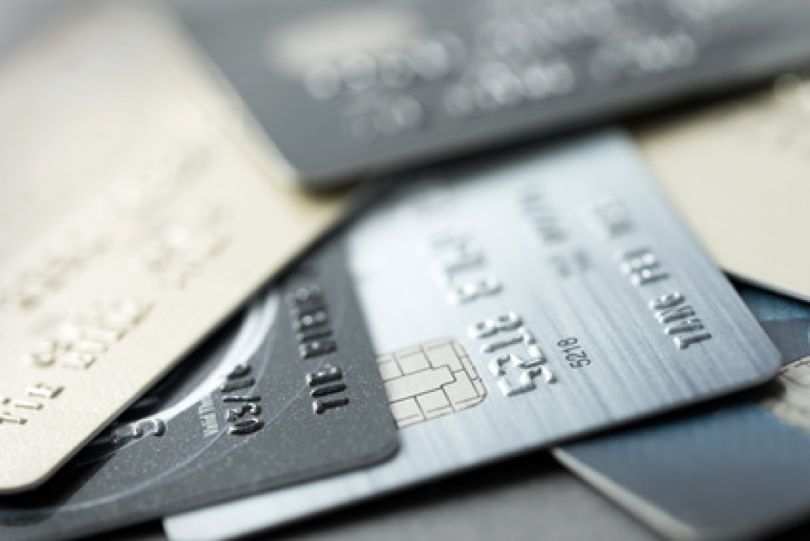Can You Tell the Difference between Credit Card and Debit Card?

The difference between credit card and debit card is quite obvious in many ways. One of them is the difference according to its features. Because of these distinctive features, the purpose of the use of each card is also different. Unfortunately, there are still those who do not know the difference between the two transaction cards. As a result, a person might not be able to optimize the benefits of their credit card and debit card.
As a transaction tool, credit card and debit card have the same function which is to make payments in non-cash. Instead of the hassle of carrying cash everywhere, it is simpler to just bring a credit card or debit card in your wallet.
Validation of the transaction is similar which is using a Personal Identification Number (PIN). However, there are more differences between credit card and debit card than the similarities such as:
Credit Card
- Credit cards are cards that can be used to pay for transactions with credit. The bill for the transaction will come in a certain period and must be paid on time. Otherwise, the cardholder will be charged with additional funds.
- No account is required at the card issuing bank because the source of funds is not taken from the account. However, oftentimes, credit card applications are more likely to be granted if they have savings at a related bank.
- Banks set a number of special conditions for issuing credit cards. One bank can issue various types of credit cards and the requirements for each type are different.
- Although there are no sources of funds, there are credit card limit provisions functioned as limits for their use. If the limit has been reached, the card cannot be used for transactions. Sometimes it is still able to be used but with the over limit fees as a consequence.
- Credit card holders must pay an annual fee. Usually, contributions are free for the first year but there are also credit cards that are free of annual fees that can last in the long run.
- Credit cards can be used to pay for online transactions using the three digit number code on the back of the card. There is no internet banking or mobile banking features for online transactions.
- Withdrawing cash using a credit card at an ATM machine is possible but there are additional costs charged for it. These fees vary depending on the card issuing bank.
- There is interest to be paid if you do not pay your bills on time.
- There are benefits in the form of installments with 0% interest, points that can be exchanged with prizes, and cashback on each transaction.
- It can be used to transact abroad in accordance with the card network.
Debit Card
- Debit cards are cards issued by banks as a complement to savings accounts. Each savings is generally accompanied by a debit card for the transaction.
- The source of debit card funds is the savings account associated with the card.
- Debit card issuance requirement is having savings in the related bank.
- Limit transactions using a debit card is the nominal funds in savings. If the funds run out, the card can no longer be used.
- There is no annual fee but there are administrative costs that are charged every month for ownership of savings.
- There are several debit cards that can be used to shop online like a credit card.
- General benefits are only in the form of discounts on transactions using a debit card
Credit Card and Debit Card Comparison
Seeing the difference between credit and debit cards above, you can find the advantages and disadvantages of each card. Different features are determinants of these advantages and disadvantages.
In general, the advantage of credit cards is that they can be used for transactions easily, especially for online shopping. In addition, there are profits on transactions such as 0% installments or cashback that can be used for budget planning. However, there is also the drawback which is the fact that it is prone to be misused if you are not responsible enough, for example, spending money on a lot of transactions without thinking about bills or negligent bills. It can lead to accumulated debt.
The advantage of debit cards is that their use is safer from debt risk because the source of funds is a savings account. In addition, there are no various fees that can turn into a burden. The disadvantage of debit cards is that transactions are more limited according to the savings balance.
Speaking of card security, the two are not too different. There is a threat of skimming to fraud. Potential losses depend on savings balances and credit card limits. The more balances and limits, the greater the loss can be.
From there, it can be concluded that the most important difference between credit card and debit card is their intended use. Credit cards can be used for more things and demand higher responsibilities to pay bills while the use of debit cards is more limited though there are no demands or burdens to pay bills later on because the transaction is completed right then and there.



